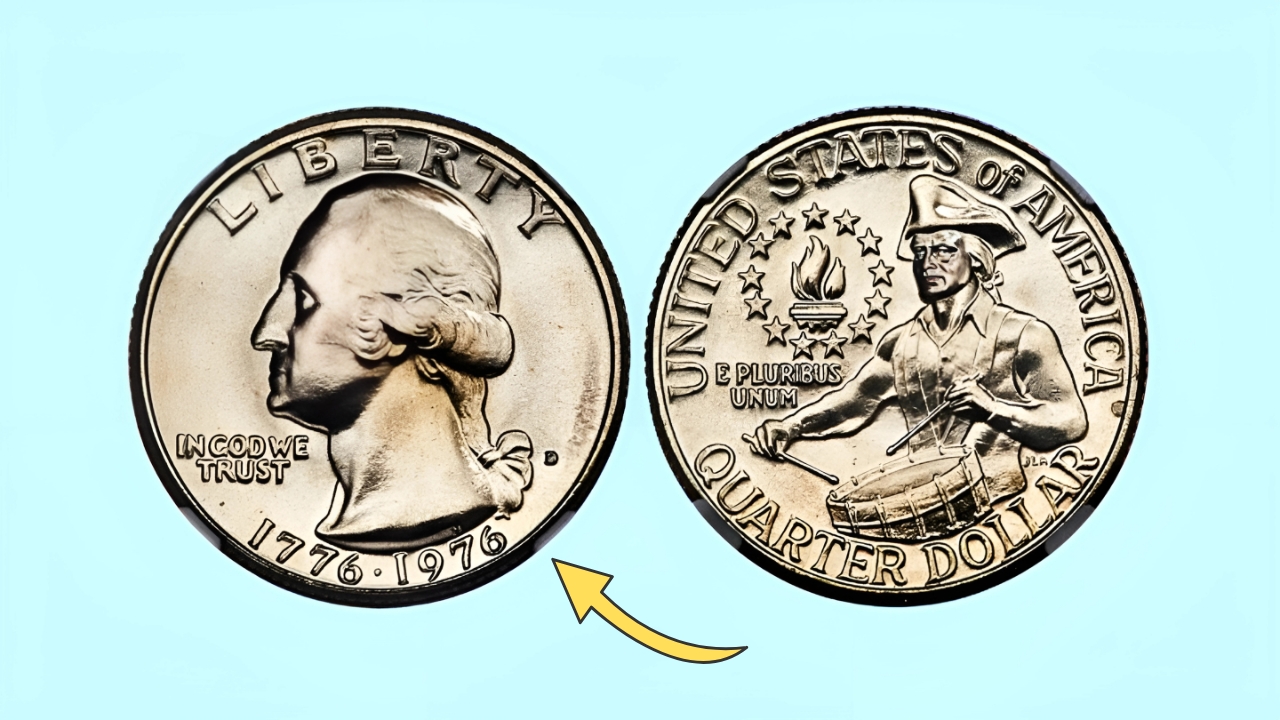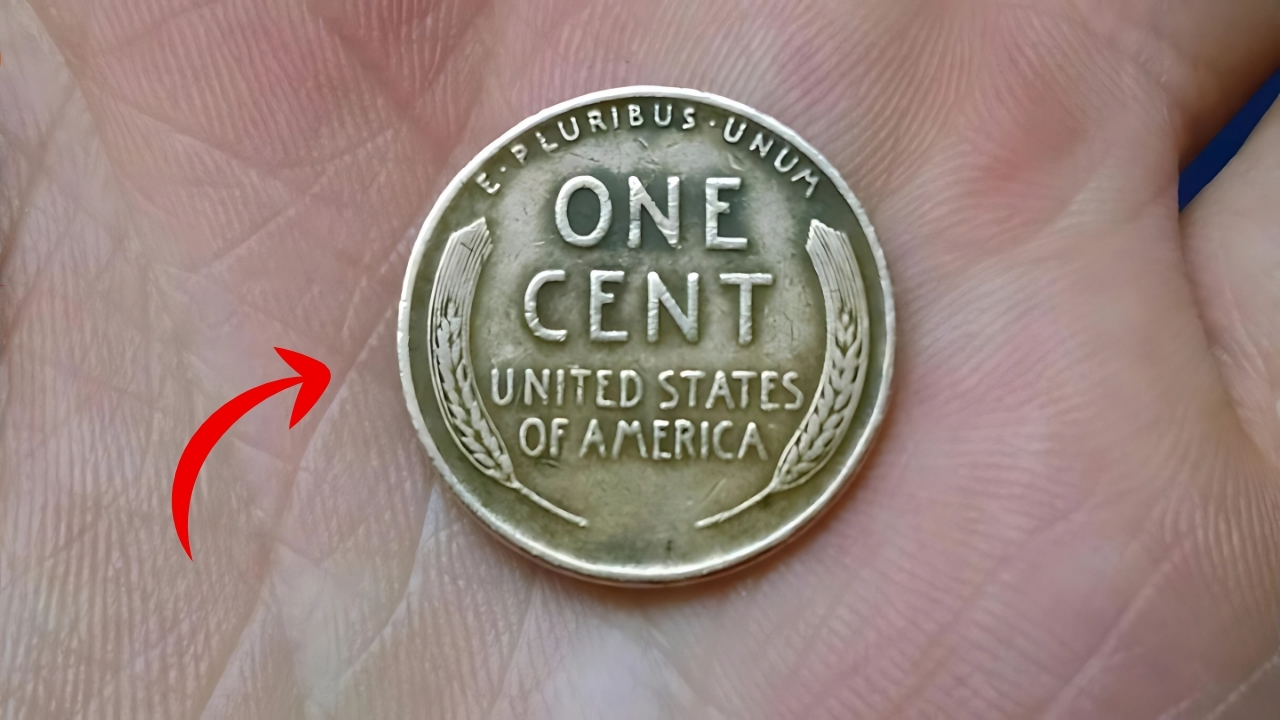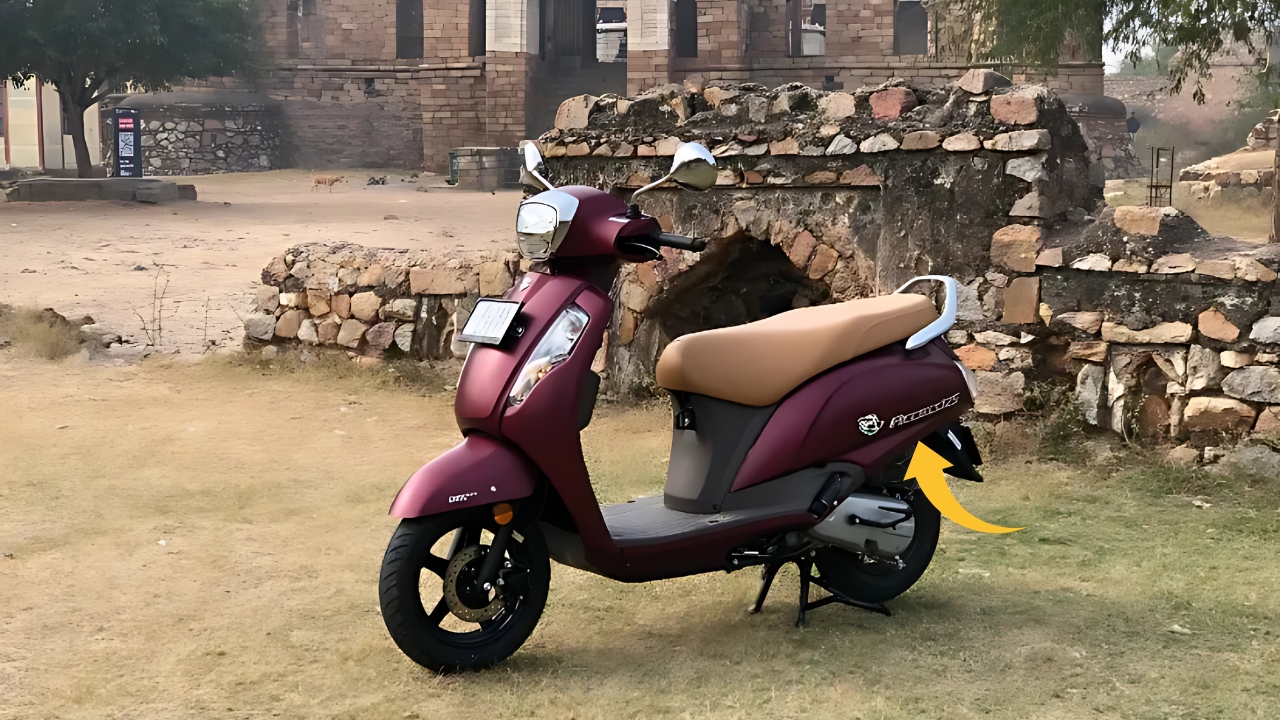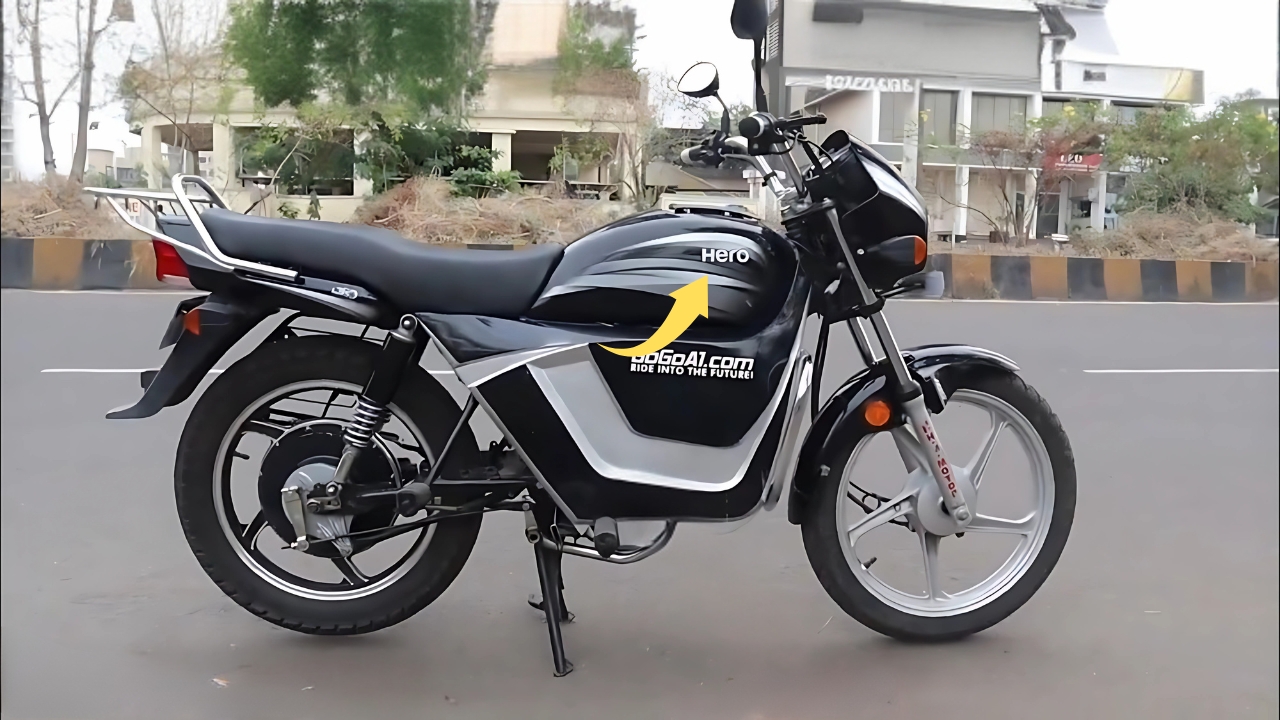Rare Dimes: The dime of Roosevelt in 1980? Even though they were minted in vast numbers at three facilities during a time of relative disinterest in coin collecting, these dimes were produced for circulation, not for hobby collecting.
But, as is often the case, hidden by the mundane sum total are a number of varieties, errors and condition rarities that have turned several 1980 dimes from pocket change to collectible treasure.
Their story is one of those examples that highlight how rare modern coins, and we’ll use that term loosely here, can also have value beyond the hordes circulating out there.
Table of Contents
Rare Dimes: Production Summary and Minted Statistics
Roosevelt dimes were struck at three mints in 1980:
Philadelphia (no mintmark): 765,420,000
Denver (D mintmark): 575,505,000
San Francisco (S mintmark): 3,554,806 proofs
These large quantities, especially from Philadelphia and Denver were enough to keep 1980 dimes constantly in commerce.
The Philadelphia Mint struck only proof coins for collectors and some Special Mint Sets of circulation coins, although they repeated the pattern set by the 1965–67 coins the mint intended to use for dimes and quarters.
No Mintmark Variety: The Mint State Rarity Nobody Saw Coming
Even though the Philadelphia Mint cranked out millions of them, really nice specimens of the 1980 (no mintmark) dime have proven to be quite scarce. A few reasons led to this shortage of sources:
The high inflation, double digit even and high precious metal prices in 1980, allowed fewer collectors to put away uncirculated pieces. The majority of coins circulated soon.
Quality control wasn’t the strong suit of the Philadelphia Mint at the time, and many coins display weak strikes, planchet problems, and handling marks from the coining process.
The copper-nickel clad coins (the sandwich composition featuring 75% copper and 25% nickel) struck since 1965 are especially prone to environmental issues and fingerprint etching, which can pose long-term storage issues if not safely stored.
Rare Dimes- Therefore, mint state survivors (MS65 and above) are worth substantial premiums over their Denver peers even though mintage numbers are the same.
MS-67 coins have sold for hundreds of dollars—a rather impressive feat for a ten-cent coin struck in an amount of over 765 million.
The 1980-P: An Unsanctioned Title Inasmuch as nobody else had really been observing, the 1980-P was not a David and Erika-and-Occasionally-Lee-Simpson-discovered VAM.
Of note, in 1980 Philadelphia dimes are actually without any mintmark, since the “P” mintmark only became a standard fixture on dimes starting in 1980.
Collectors and some slabbing services however, coin this designation “1980-P” in order to differentiate it from its D and S siblings and such an unofficial designation finds its own level within the standard unofficial nomenclature that prevails.
1980-S Proof: Cameo and Deep Cameo Types 1 and 2.
Of the 3.5 million proof dimes minted at San Francisco in 1980, a wide range of contrasting frosted devices against mirrored fields can be found.
Choice examples show stunning deep cameo or ultra cameo contrast, with the devices noticeably frosted and seemingly suspended on the surface.
Rare Dimes- This striking dichotomy was enabled by running new dies earlier on in the run. Because die polishing was so vastly improved by 1980, the mint struck a greater quantity of deep cameo proofs than in previous decades, but still a relatively small proportion of overall production with sizable demand for the sets at a premium.
PR70 DCAM (deep cameo) examples – however modern they are – can sell for hundreds of dollars, confirmed by professional graders such as PCGS and NGC which designate these contrasting levels).
Significant Error Varieties
The real numismatic value of 1980 dimes comes down to a handful of widely-known error varieties:
1980 No Mintmark (Philadelphia) Doubled Die Obverse pubsidente.com.
This variant exhibits pronounced doubling on Roosevelt’s effigy, best appreciated in the eye, ear, and hair details.
The doubling was the result of the hub striking twice during the creation of dies, slightly out of alignment with each other.
Not as spectacular as the famous doubled dies such as the 1955 Lincoln cent, this variety is popular for its significant pick up in uncirculated conditions.
The 1980-S Proof ”S Over Clear S”
Rare Dimes- For this variety, S mintmark is doubled punched but at different locations. This causes the character to display as if it were a slightly “filled” S when viewing it at high magnification. This type is a premium in perfect PR69 and PR70 condition.
Missing Clad Layer Errors
The 1980 dime was struck on a copper-nickel clad planchet composed of layers with outer layers of 75% copper and 25% nickel over a pure copper core. Sometimes, either or both of the external layers will be absent due to manufacturing defects.
These “no clad layer” errors are visually stunning and very collectible, and can bring hundreds or even thousands of dollars, conditioned-based and depending on the severity of the issue.
Rare Dimes: Acquiring Policies and Authentication
For collectors looking to obtain 1980 dimes, there are a few avenues that can provide rewarding opportunities:
Condition census: In search of the generally toughest issues within better dates and for crisp gems, which are legitimately rare for Philly issues
Hunting for variety : The search for the doubled die varieties by searching through uncirculated rolls.
Garbage collection: Hunting down the missing clad layer and other spectacular failures
Proof specialization: Constructing proof sets of increasing cameo contrast from a database of proof examples
For rare varieties especially, authentication is still necessary, since mechanically induced or environmental doubling can on occasion resemble what is actually a doubled die.
Professional grading services that can authenticate and provide a standardized condition scale are especially attractive for modern issues as condition is frequently half the value of a premium coin.
Rare Dimes:
The 1980 Roosevelt dime is the living example that there can be numismatic value hidden in apparently modern, common coinage.
The 1980 dime is typically worth just face value, but a combination of factors (including its mintage, die variety, strike type, and condition) reveals pockets of true rarity among enormous mintages.
For collectors, they provide the excitement of possible high-dollar finds lurking within everyday pocket change, one of the democratizing features of numismatics: The thrill of the hunt is something everyone has access to, no matter their budget.
As these coins turn fifty, their role as collectibles should continue to develop, with condition rarities becoming even rarer as we all finally recognize the true difficulties in preserving a clad coin over the long haul.











